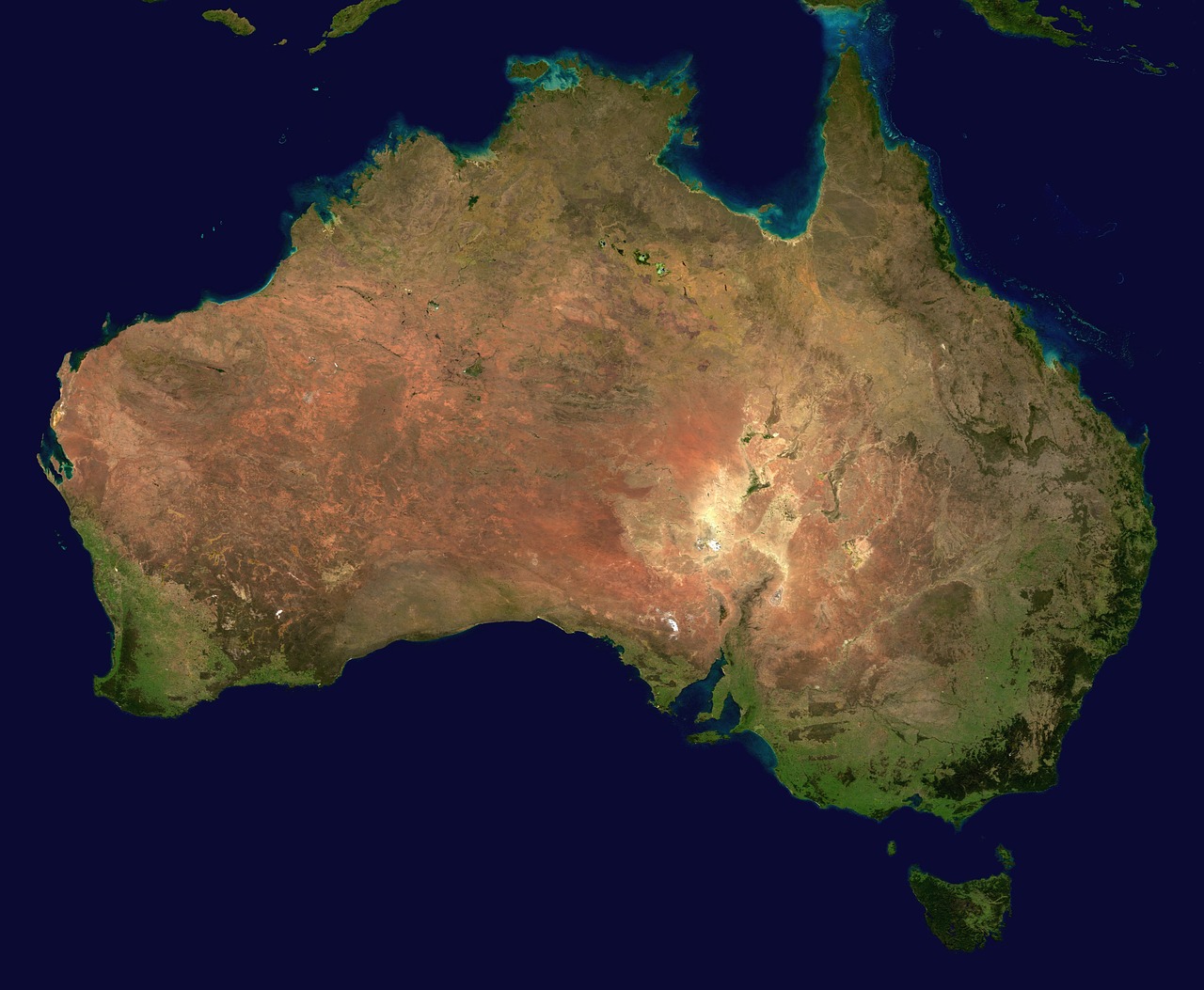Media release
From:
The State of the Climate Report 2024 has found Australia’s weather and climate have continued to change, with more extreme heat events, longer fire seasons, more intense heavy rainfall, and rising sea levels.
CSIRO and the Bureau of Meteorology (BOM) produce these reports once every two years to assess changes and long-term trends in Australia's climate and weather. The report draws on the latest national and international climate research, monitoring, and projection information.
The report found greenhouse gases in the atmosphere continue to increase, and eight of the nine warmest years on record in Australia have occurred since 2013. This has led to an increase in extreme fire weather and longer fire seasons across large parts of the country.
Reduced rainfall in southwest Australia between April to October is now likely to be a permanent feature of our climate, while heavy rainfall events are becoming more intense, particularly in the north of the country.
The oceans around Australia are warming, contributing to longer and more frequent marine heatwaves and coral bleaching, and becoming more acidic, particularly south of Australia. Rates of sea level rise vary across the country, with the largest increases in the north and south-east of the Australian continent.
Australian greenhouse gas emissions have declined since 2005, but warming is projected to continue over the coming decades. The report found curbing our emissions must accelerate immediately to meet Australia’s 2030 emissions targets.
Expert Reaction
These comments have been collated by the Science Media Centre to provide a variety of expert perspectives on this issue. Feel free to use these quotes in your stories. Views expressed are the personal opinions of the experts named. They do not represent the views of the SMC or any other organisation unless specifically stated.
Professor Mark Howden is Director of the ANU Institute for Climate, Energy & Disaster Solutions (ICEDS) at the Australian National University
This report confirms the changes in our climate and oceans we have been observing for a considerable time. It reinforces that we have a robust understanding of climate change including the relationships between the different elements.
The trajectories of change are accelerating as are the impacts we are observing. However, our responses in terms of both reducing our emissions or building capacity to adapt to the increased risk are lagging behind where they rationally should be.
Dr Andrew King is an Associate Professor in Climate Science at the University of Melbourne and the ARC Centre of Excellence for 21st Century Weather
Humanity is imposing far-reaching changes on the planet through our continuous emissions of greenhouse gases on a large scale. This report highlights just how big those changes are in the Australian region. We are causing rapid warming and changes in rainfall and extreme weather events that are making our country less hospitable. We cannot escape the reality that we need to greatly reduce our greenhouse gas emissions. By decarbonising our economy and society we can limit the damages to the Australian environment from a warming world.
Ian Lowe is Emeritus professor of science, technology and society at Griffith University, Qld and former President of the Australian Conservation Foundation.
The latest State of the Climate Report confirms what the Inter-governmental Panel on Climate Change said in their Sixth Assessment Report: Australia is uniquely vulnerable to the impacts of climate change. The goal agreed at the Paris talks was to keep the increase in average global temperature below 1.5 degrees, but the Australian land has already warmed by more than this.
We are paying a heavy price, with the annual cost of property damage from extreme events now roughly double what it was only five years ago. We are seeing a longer fire season across large parts of the country, an increase in extreme fire weather and a broad drying trend accompanied by more severe rainfall events and serious flooding. Significant changes to rainfall patterns are affecting our capacity to produce our food. We are clearly facing what several local authorities have recognised as a climate emergency.
Given the situation, it is grossly irresponsible for governments to continue to encourage and subsidise new fossil fuel projects. It is an urgent priority to supplement the good work being done to decarbonise our electricity supply with a moratorium on new fossil fuel projects. The need for rapid change reinforces the obvious conclusion that we need urgently to invest in solar and wind energy with storage. The time and cost of nuclear power, as well as its demand for massive up-front inputs of fossil fuel energy, make it a totally inappropriate response.
Dr Kimberley Reid is an atmospheric scientist from the ARC Centre of Excellence for 21st Century Weather at the University of Melbourne
Climate change manifests as changes to the weather. As the latest State of the Climate Report highlights, Australia has been battered by more frequent and intense weather events such as heatwaves, fire weather, and short-term heavy rainfall. We have also seen declines in rainfall in southern Australia and increasingly shorter snow seasons.
These human-caused changes to the weather have far-reaching impacts on society. Australia is causing these impacts by continuing to burn coal, oil, and gas, and by exporting vast quantities of fossil fuels to be burned overseas. If we continue to burn fossil fuels at home and export them to be burned elsewhere, we will continue to increase Australia’s risk to severe weather events.



 Australia; VIC; QLD
Australia; VIC; QLD



